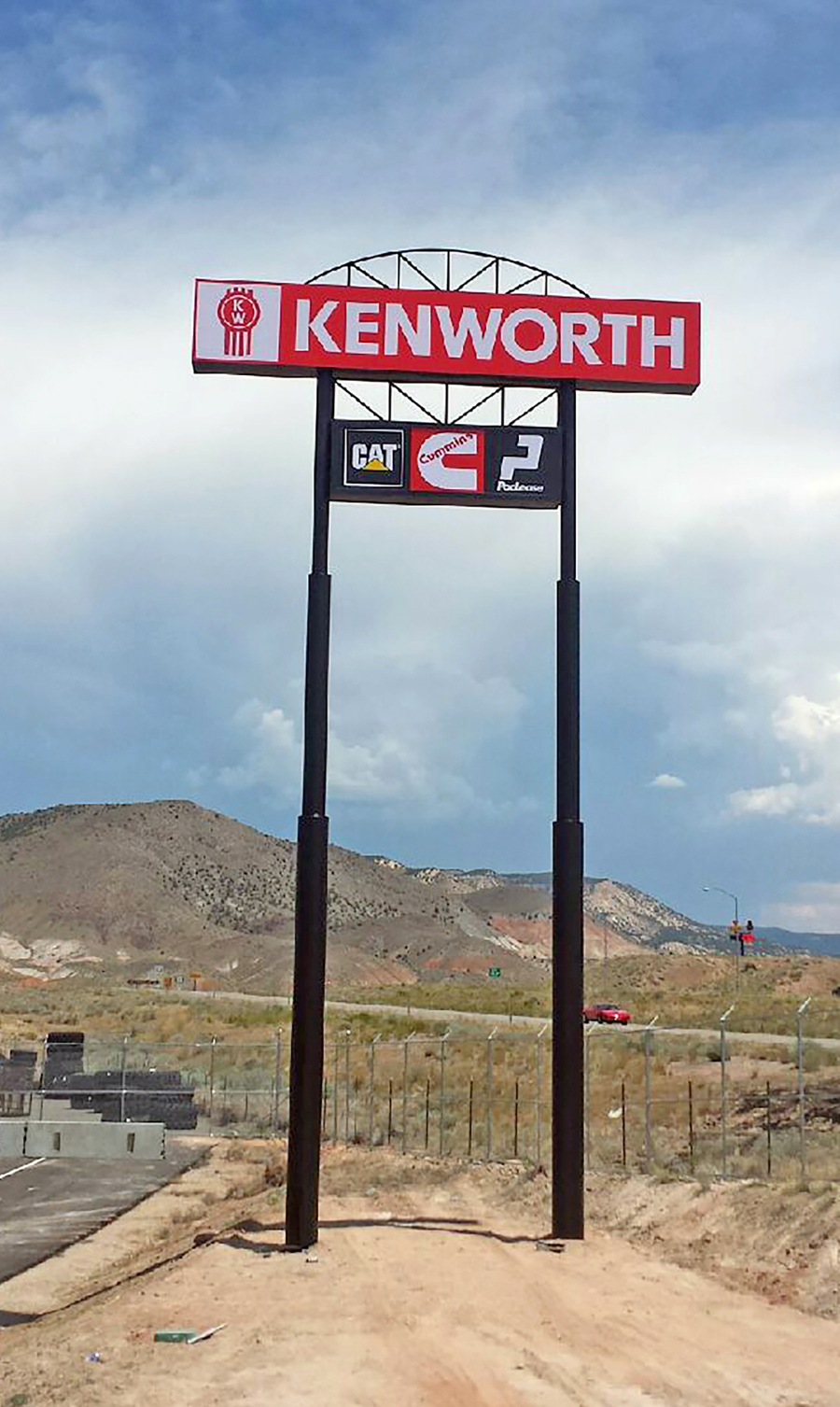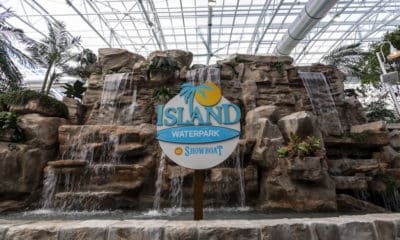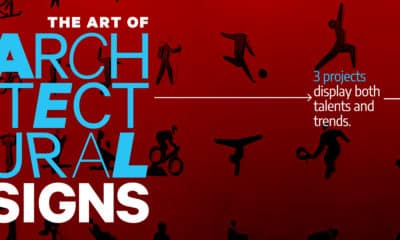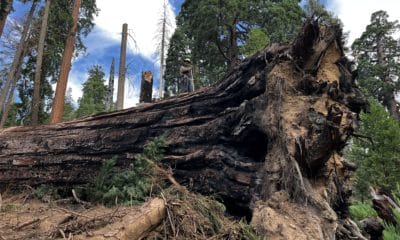Just as a chain is only as strong as its weakest link, the integrity of an outdoor sign depends on careful consideration of various design factors and faithful execution of these details by the sign builder and installer. Because outdoor signs are exposed to a variety of punishing environmental effects including cyclic wind-loading (i.e., repeated fluctuations of loads and corresponding stresses applied to the structure), both the general type of structure and the specific geometry of structural connections have substantial impacts on safety and durability.
SINGLE-POLE CONCERNS
An engineering research project conducted by the Intl. Sign Assn. (ISA) during the period 2008-13 represents a prominent example of this relationship. A key finding of the study is that single-pole sign structures are susceptible to dynamic wind effects which, in certain cases, may lead to structural failures. Specifically, the research cites structural damping as a key factor impacting durability of these signs.
Because wind-actuated movements of single-pole structures are relatively unrestrained compared to double-pole structures, these signs are characterized by low-damping properties. But a twin-pole sign represents an arch configuration that incorporates heightened damping by virtue of structural connections between the two poles. Another key factor which affects damping is the tightness of anchor bolts fastening sign poles to their concrete foundations. These bolts must be properly tightened during installation and periodically inspected during a sign’s lifetime for evidence of loosening or corrosion which can allow excessive movement and related damage to the entire structure.

Engineering studies, however, have not suggested that double-pole structures are inherently superior for signage applications. These studies emphasize that fatigue design represents an important consideration for structural connections joining sections of single-pole structures. In this vein, extensive testing conducted both by the sign industry and various state highway departments verifies the superior durability of tapered-pole designs which have been widely used for many years in applications such as high-mast roadway lighting and telecommunications towers.
Two principal factors are responsible for the durability of this design. First, engineering studies demonstrate that, by virtue of their geometry, tapered poles do not transmit wind-induced vibrations as readily as non-tapered poles. Secondly, the slip-joint connections between sections of tapered poles depend entirely on gravity and friction, thus eliminating the need for welding.
Advertisement
WELDING CONSIDERATIONS
Even the highest-quality welding incorporates tiny internal flaws which may serve as the initial sites of cracking due to metal fatigue. Welding produces stress concentrations in the base metal directly adjacent to the weld toes. For this reason, in steel sign structures, welds oriented perpendicular to the direction of applied stress may become sources of fatigue cracking. By contrast, welds oriented parallel to the direction of applied stress are substantially more resistant to this type of damage.
Given the central role of welding in fabricating or installing sign structures, it’s critically important for sign companies to employ welders having proper certifications in accordance with applicable standards of the American Welding Society (AWS). Welders should also be familiar with the AWS visual inspection guidelines which determine acceptability of various types of welds. These measures support proper workmanship and provide the sign company with documentation of employee qualifications.
FATIGUE DESIGN STANDARDS
The American Assn. of State Highway and Transportation Officials (AASHTO) develops and publishes standards governing the designs of various highway and transportation structures including signage. Section 11 (Fatigue Design) of AASHTO’s Standard Specifications for Structural Supports for Highway Signs, Luminaires and Traffic Signals incorporates comparisons of relative fatigue resistance among various, common types of structural connections (welded and non-welded).
AASHTO ranks the durability of these structural connections according to stress categories that range in descending order from “A” to “E.” Section 11 also incorporates drawings identifying the most common types of structural connections, thus enabling sign companies and their engineers to make informed choices when creating designs for outdoor structures.
Familiarity with these guidelines is useful in every phase of outdoor sign projects, from manufacturing to installation and maintenance. Particularly when modifications are proposed for existing structures such as replacing old signs or installing additional signs, preliminary evaluations and approvals by professional engineers are essential. In these cases, the structures’ original design specifications must be referenced by project engineers to determine the suitability of proposed modifications.



 Tip Sheet2 weeks ago
Tip Sheet2 weeks ago
 Photo Gallery3 days ago
Photo Gallery3 days ago
 Ask Signs of the Times5 days ago
Ask Signs of the Times5 days ago
 Real Deal2 weeks ago
Real Deal2 weeks ago
 Paula Fargo1 day ago
Paula Fargo1 day ago
 Benchmarks1 week ago
Benchmarks1 week ago
 Photo Gallery1 day ago
Photo Gallery1 day ago
 Women in Signs2 weeks ago
Women in Signs2 weeks ago










